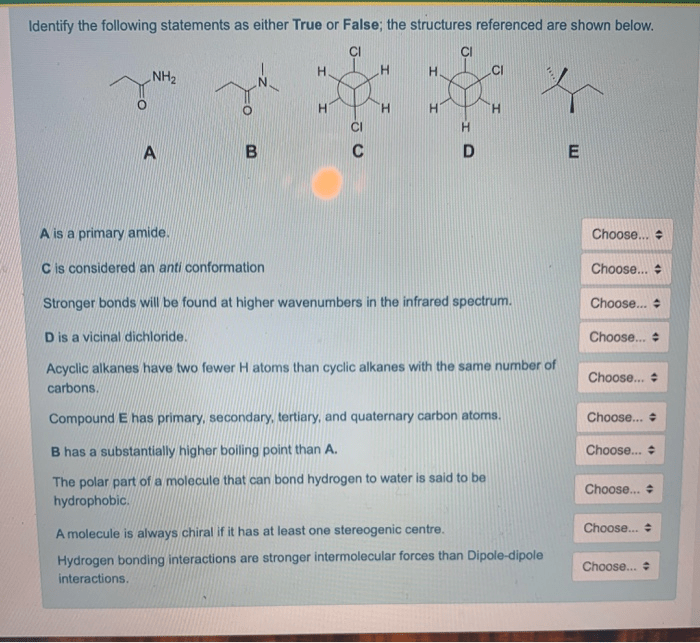Identify the true and false statements about blended families. – Blended families, a growing phenomenon in our society, present unique challenges and opportunities. This article aims to clarify misconceptions and highlight the complexities of blended family dynamics by examining true and false statements about these families.
Blended families arise when two individuals with children from previous relationships merge into a new family unit. They navigate a myriad of complexities, including communication barriers, role adjustments, and disciplinary issues.
Definition of Blended Families

Blended families are a type of family structure that is formed when two individuals, each with their own children from previous relationships, come together to form a new family unit. Blended families can take many different forms, depending on the specific circumstances of the individuals involved.
Some common types of blended families include:
- Families where both parents have children from previous relationships
- Families where one parent has children from a previous relationship and the other parent does not
- Families where one or both parents have adopted children from previous relationships
- Families where one or both parents have children from a previous relationship and also have children together
Blended families can be a complex and challenging family structure, but they can also be a source of great love and support. With the right amount of effort and commitment, blended families can thrive and create a strong and lasting bond.
Challenges Faced by Blended Families

Blended families face a number of unique challenges, including:
- Communication issues:Blended families often have different communication styles and expectations, which can lead to misunderstandings and conflict.
- Role adjustments:Each member of a blended family has their own role to play, and it can take time for everyone to adjust to their new roles.
- Discipline:Blended families often have different parenting styles, which can make it difficult to discipline children consistently.
- Financial issues:Blended families often have complex financial situations, which can lead to stress and conflict.
- Emotional issues:Blended families often deal with a range of emotional issues, such as grief, loss, and jealousy.
Despite these challenges, blended families can thrive with the right amount of effort and commitment. By working together to overcome these challenges, blended families can create a strong and lasting bond.
Benefits of Blended Families

Blended families can offer a number of benefits, including:
- Increased support:Blended families have a larger network of people to provide support, both emotionally and financially.
- Diversity:Blended families bring together people from different backgrounds and experiences, which can create a more diverse and enriching environment for children.
- Resilience:Blended families often have to overcome a number of challenges, which can make them more resilient and adaptable.
Blended families can be a great source of love and support for all members of the family. With the right amount of effort and commitment, blended families can thrive and create a strong and lasting bond.
Common Queries: Identify The True And False Statements About Blended Families.
Are blended families always doomed to fail?
False. With effort and commitment, blended families can thrive and provide a supportive and loving environment for all members.
Is it necessary to treat all children in a blended family equally?
True. Fairness and consistency in treatment are essential for fostering a sense of belonging and reducing sibling rivalry.